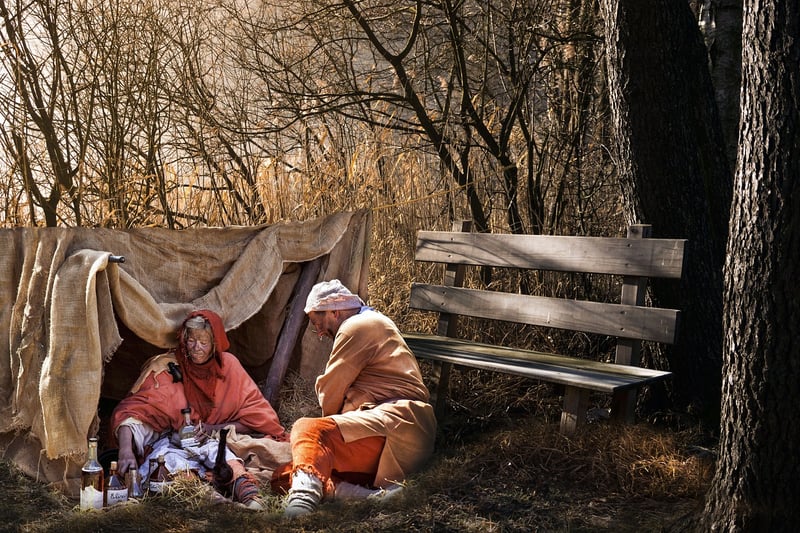Medieval Times
Exploring Diverse Historical Periods: A Journey Through Medieval Times
Embark on a captivating journey through history as we delve into the fascinating world of Medieval Times. This period, characterized by knights, castles, and feudalism, offers a glimpse into a time of chivalry, intrigue, and grandeur.
The Middle Ages: An Overview
The Medieval period, also known as the Middle Ages, spanned roughly from the 5th to the 15th century. It was a time of significant social, political, and cultural transformation in Europe and beyond.
Key Aspects of Medieval Times
During the Medieval period, feudalism was a prevalent social system, where lords granted land to vassals in exchange for loyalty and military service. Castles dotted the landscape, serving as fortresses and symbols of power.
Knights, armored warriors on horseback, played a central role in Medieval society. They upheld codes of chivalry, engaging in jousts and quests to prove their valor and honor.
Art and Architecture
Medieval art and architecture were characterized by intricate craftsmanship and religious themes. Gothic cathedrals, with their soaring spires and stained glass windows, remain iconic symbols of the era's architectural achievements.
Exploring Medieval Life
Peasants formed the majority of the population during Medieval Times, toiling the land and living in simple dwellings. Meanwhile, nobles enjoyed lavish feasts, tournaments, and courtly gatherings in their castles.
Legacy of Medieval Times
The legacy of Medieval Times is visible in modern culture, from tales of King Arthur and the Knights of the Round Table to Renaissance art inspired by the period's aesthetics. The era continues to captivate imaginations and inspire creativity.
Experience Medieval Times Today
Immerse yourself in the world of knights and castles by visiting historical sites, attending medieval fairs, or exploring museums dedicated to preserving the legacy of the Middle Ages.

Discover the allure of Medieval Times and unlock the secrets of a bygone era that continues to shape our understanding of history.
